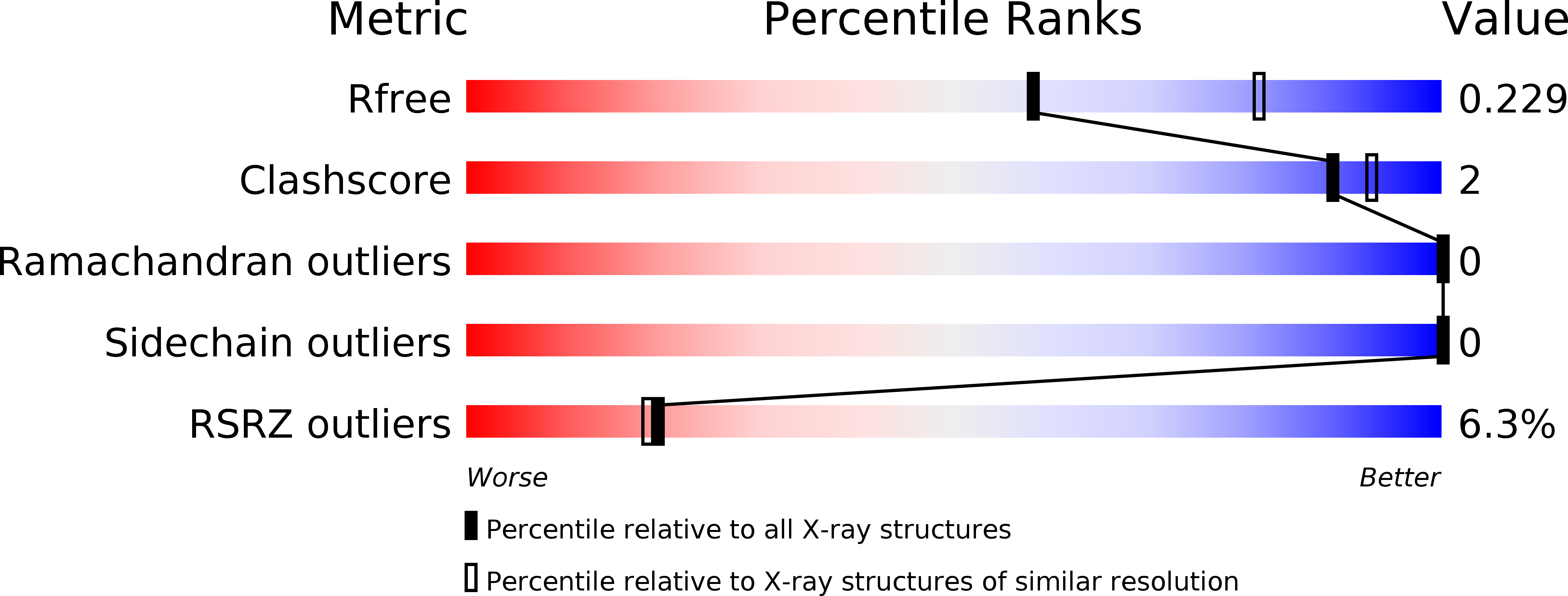
Deposition Date
2015-11-25
Release Date
2016-12-14
Last Version Date
2023-09-27
Entry Detail
PDB ID:
5EYO
Keywords:
Title:
The crystal structure of the Max bHLH domain in complex with 5-carboxyl cytosine DNA
Biological Source:
Source Organism:
Homo sapiens (Taxon ID: 9606)
synthetic construct (Taxon ID: 32630)
synthetic construct (Taxon ID: 32630)
Host Organism:
Method Details:
Experimental Method:
Resolution:
2.39 Å
R-Value Free:
0.22
R-Value Work:
0.20
R-Value Observed:
0.20
Space Group:
C 1 2 1


